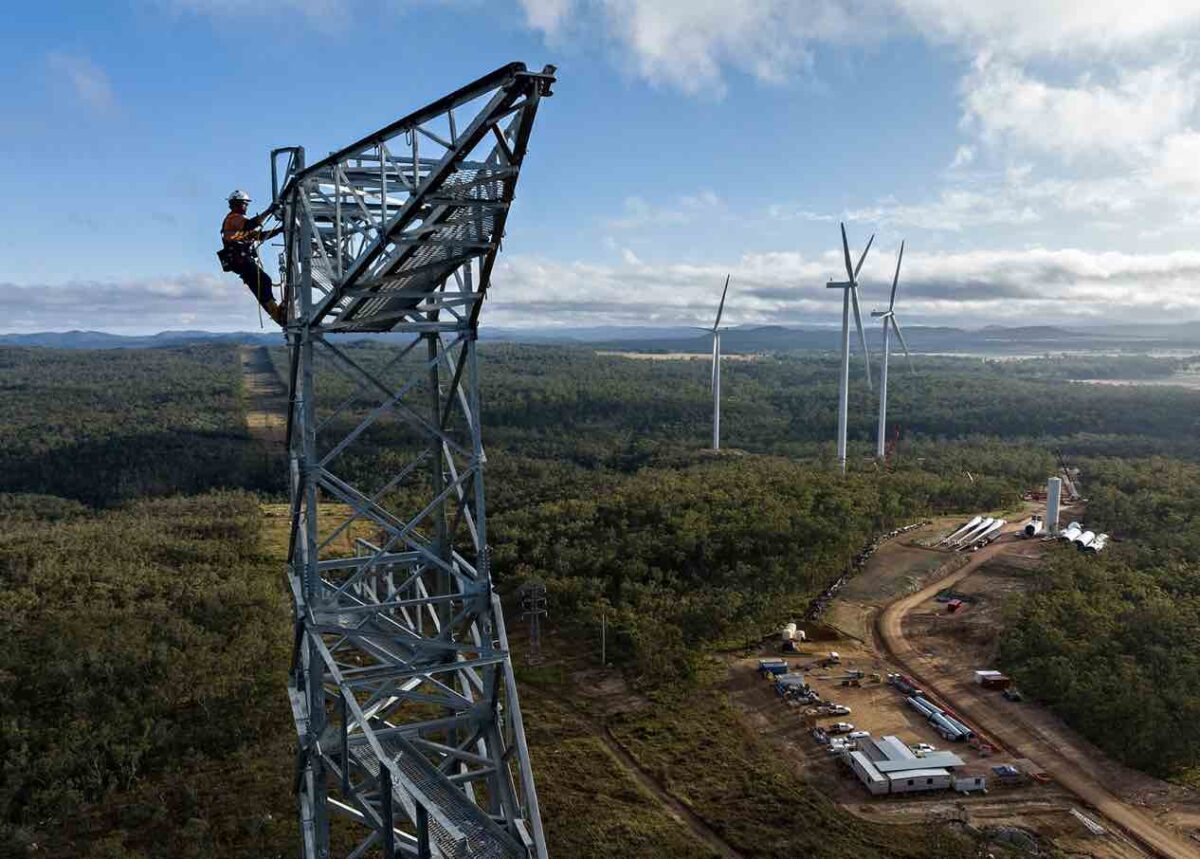Australia has been urged to set a “bold” 1.5°C climate target, particularly for its electricity grid to try and break the regulatory deadlock and investment blockage that threaten to derail its transition to renewables.
New financing for wind, solar and storage projects dried up to a trickle in the first quarter, and most energy experts now agree that the country is falling well behind the notional target of 82 per cent renewables modelled in the market operator’s Integrated System Plan.
The hold-up is being blamed on a series of problems – the painfully slow roll out of new transmission, regulatory blockages across the sector, and a lack of certainty for investors, who are also having their eyes turned towards massive opportunities in the US from Joe Biden’s Inflation Reduction Act.
Stephanie Bashir, an energy policy expert from Nexa Advisory, who has been on the frontline of many of the key policy and regulatory battles in the last few years, says what Australia needs now is to set a bold climate target, and then allow policy makers, regulator and investors work out how to get there.
“What we need is actually bolder and more ambitious scenarios,” Bashir says in the latest episode of RenewEconomy’s Energy Insiders podcast.
“These scenarios should necessarily be based on purely hydrogen, or other kinds of technologies, but really showing us that if we wanted to reach a 1.5 degree future, what does that actually look like?
“Let’s be courageous about that. What does that look like from a generation mix? What role do households play in that? And businesses? Energy efficiency? Demand response? And how do we bring all that together?”
Australia currently has an emissions reduction target of just 43 per cent below 2005 levels by 2030, which is well short of what is needed as part of its fair share of a global 1.5°C effort.
Federal energy and climate minister Chris Bowen has said: “If we are not trying for 1.5°C, then what are we here for.” But the politics is all too much for the Labor Party as a whole, and it has been reluctant to slow down new investments in coal and gas.
The electricity grid is Australia’s best performing sector to date on emissions, accounting for nearly all the reductions in the last 10 years, apart from the disputed calculations from land use and avoided clearing.
But even the Australian Energy Market Operator’s Step Change scenario, which models an 82 per cent share of renewables that has been embraced by Bowen, does not deliver on 1.5°C.
A draft new scenario based around 1.5°C is expected to be delivered later this year, but Bashir’s argument is that unless that becomes formalised as an official target, then it will be useless in breaking down the barriers to new investment in transmission, wind, solar and storage needed to replace the ageing coal plants.
“These regulatory frameworks have shackled us over the last 10 years,” Bashir notes. And even now, with the reviews of transmission access regimes and the problematic regulatory investment tests, progress is incremental.
It’s for that reason that more states are going their own way. Victoria has more or less dumped its reliance on the federal regulator as it tries to get new transmission built to support its planned 95 per cent renewable target for 2035, by when all its remaining coal generators will have closed.
NSW has also mapped its own path to deal with the reality that most, if not all, its current fleet of coal fired generators will struggle to compete and survive another 10 years. But its own plans are also facing delays.
Listen to the full interview with Stephanie Bashir, plus a conversation about other news, in the latest episode of Energy Insiders podcast here.










